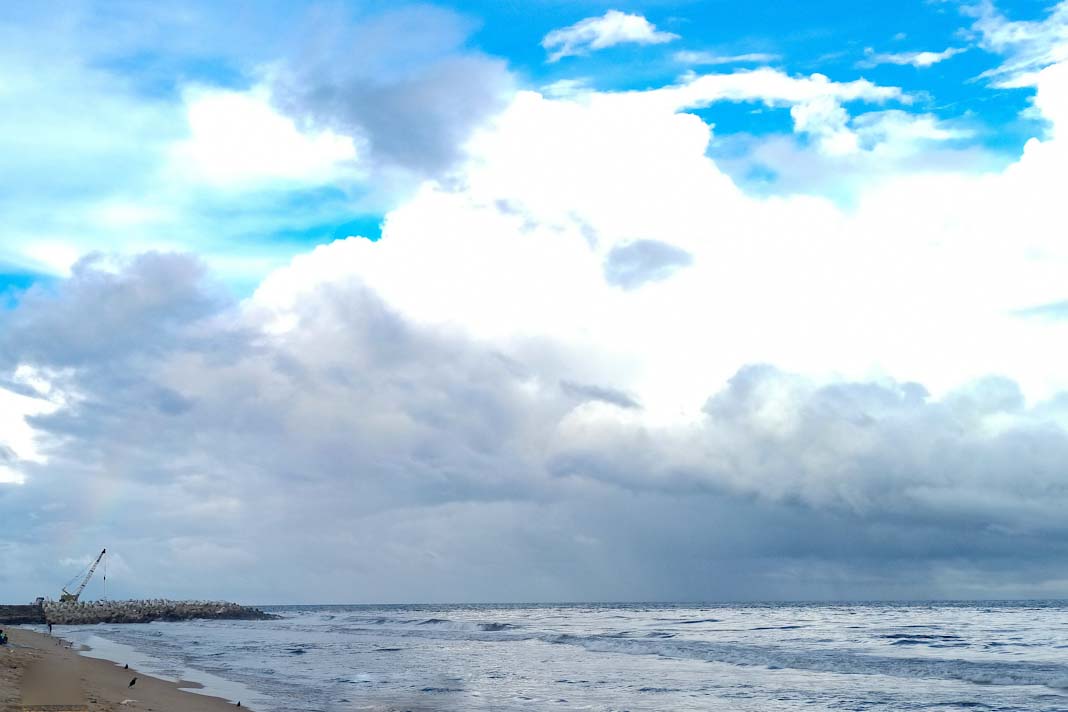- In the maritime industry, ship owners and managers often seek to enhance the performance or compliance of their vessels’ ballast water treatment systems (BWTS) through modifications.
- These modifications may range from simple component replacements to comprehensive upgrades to meet evolving regulatory standards or technological advancements.
- To ensure the smooth implementation of such modifications, it is crucial to follow established guidelines and obtain the necessary approvals.
Scope of Modification
The scope of BWTS modifications can vary significantly, depending on the specific requirements of the vessel and the desired enhancements. Common modifications include upgrading BWTS to comply with updated regulations, improving system efficiency, or addressing operational challenges. For instance, modifications may involve replacing components, updating control software, or implementing advanced technologies to optimize performance.
Procedure for Modification
Before initiating any modifications, ship owners and managers should collaborate closely with BWTS manufacturers to develop a clear plan. Manufacturers must provide detailed descriptions of the proposed modifications, including itemized lists of changes and assurances that the modified BWTS will comply with the specifications of the original type approval certificate (TAC).
Once the modifications are defined, ship owners/managers should submit a formal request to the classification society, such as DNV, for approval. This request should include comprehensive documentation, such as the valid TAC, revised operation manuals, component certificates, and updated ballast water management plans. DNV will evaluate the proposed modifications and provide guidance on any additional surveys or approvals required.
Contingency Measures
In cases where modifications are carried out while the vessel is in service, ship owners/managers may need to implement contingency measures to ensure operational continuity. This may involve obtaining approval from the Flag to perform necessary actions during non-operational periods, minimizing disruptions to vessel operations.
New TAC Requirement
If modifications result in significant changes to the BWTS, such as the installation of new components or upgrades to meet updated regulatory standards, a new type approval certificate (TAC) may be required. In such instances, additional surveys and commissioning tests are necessary to verify compliance with regulations. A new International Ballast Water Management Certificate (IBWMC) will be issued to reflect the updated status of the BWTS.
Upgrades to USCG TAC Requirements
Upgrading BWTS to meet the requirements of the United States Coast Guard (USCG) type approval certificate may impact existing approvals and certifications. BWTS manufacturers are responsible for declaring compliance with USCG standards and updating BWTS nameplates accordingly to reflect the USCG approval number.
Recommendations
- To ensure successful BWTS modifications, ship owners/managers should
Obtain detailed descriptions of proposed modifications from BWTS manufacturers. - Collaborate with classification societies like DNV to navigate the approval process and address any regulatory requirements or survey needs.
- Implement contingency measures to minimize disruptions during the modification process and ensure uninterrupted vessel operations.
- Stay informed about evolving regulatory standards and technological advancements to make informed decisions regarding BWTS modifications.
Did you subscribe to our daily Newsletter?
It’s Free! Click here to Subscribe
Source DNV

















